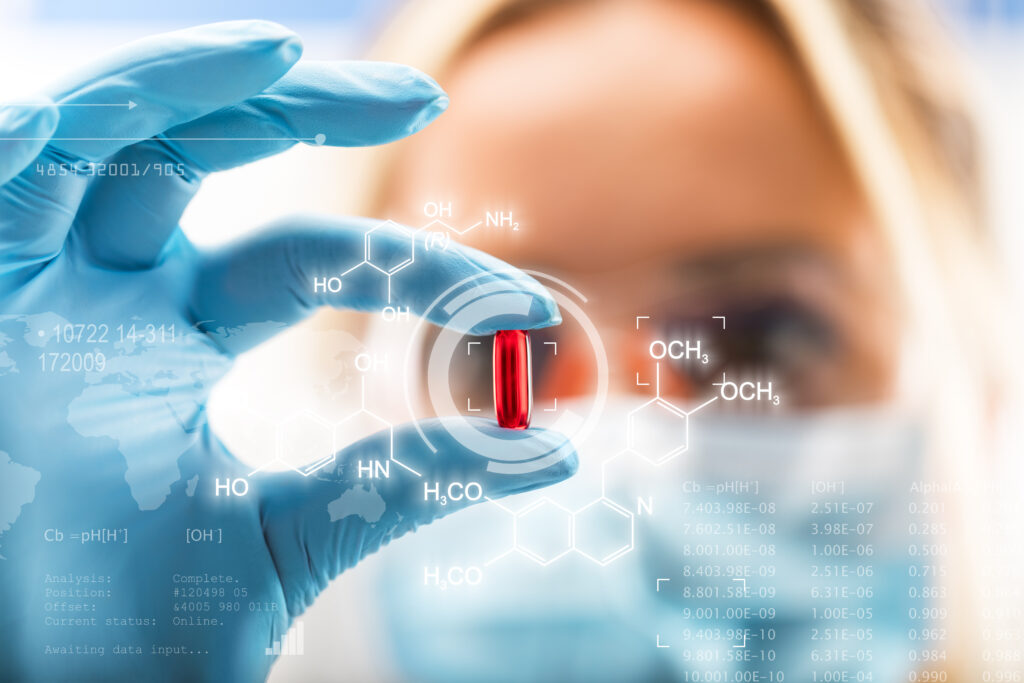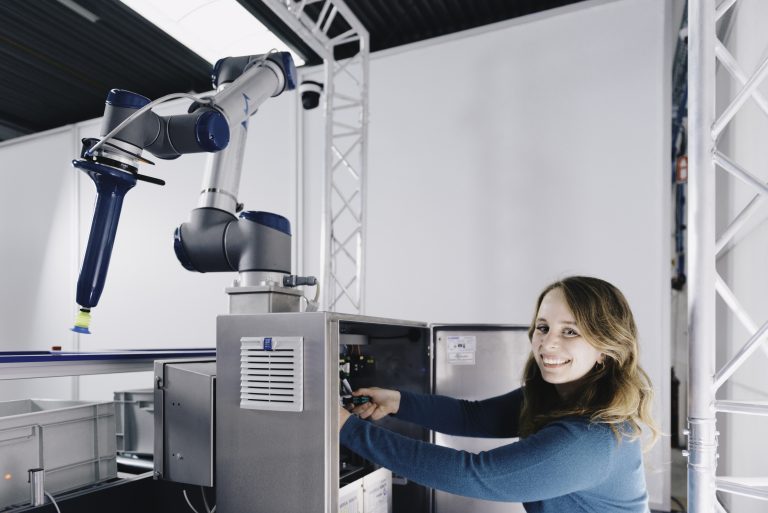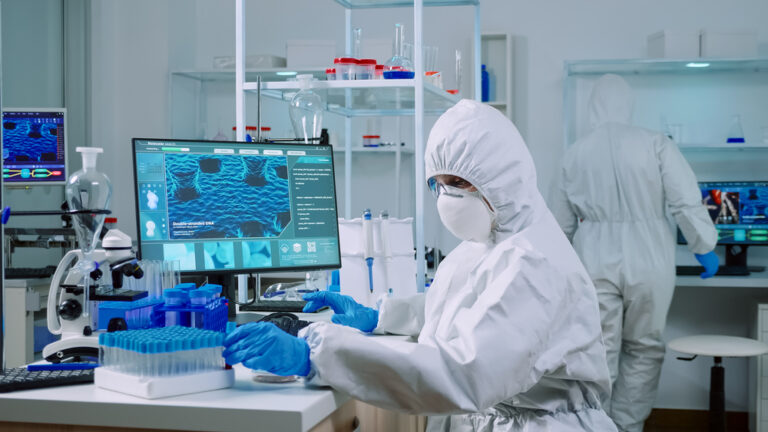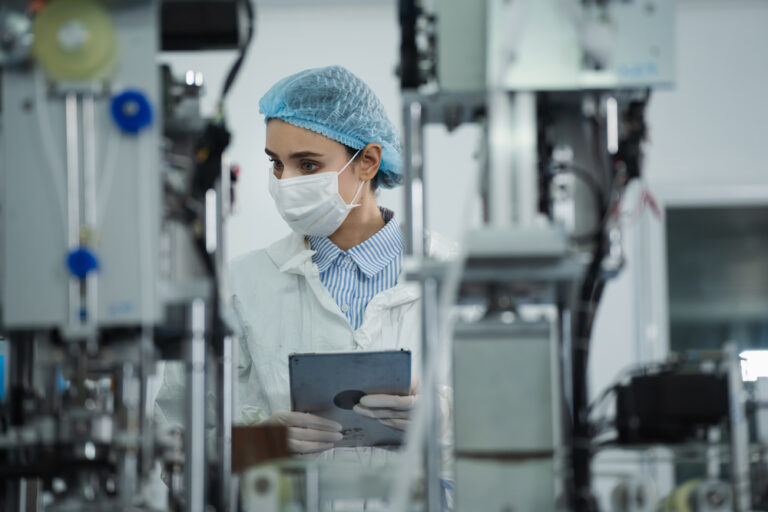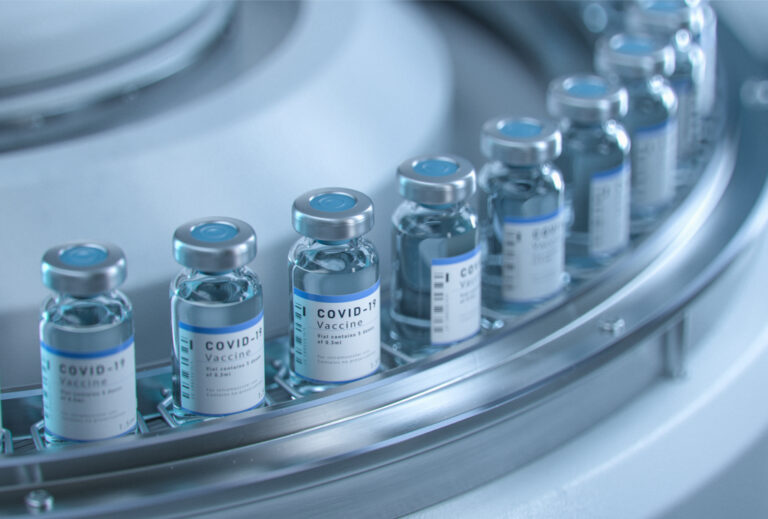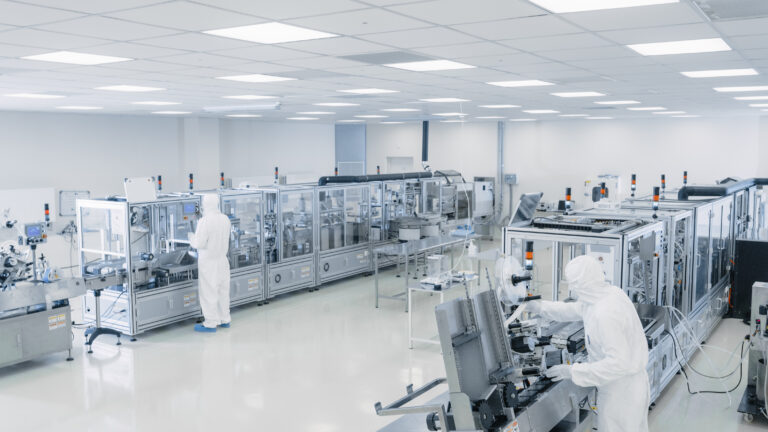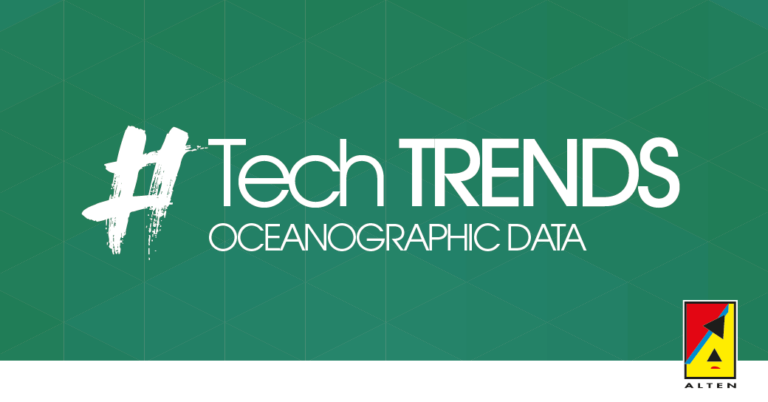As the global COVID-19 pandemic unfolded, its rapid spread and often severe manifestations put both the public health profession and the general population at an unprecedented state of alert. While we depend on frontline measures of handwashing, facemasks, physical distancing, personal protection and crowd avoidance, parallel efforts were focused on the development of pharmaceutical products that could prevent infection (i. e. vaccines). 1 At end of July 2020, less than seven months after identification and characterization of the virus, close to 200 different vaccine products were at different stages of development. Regarding guaranteeing the quality and safety of vaccines, pharmacovigilance is one of its fundamental components. 2
Pharmacovigilance (PV) is the most important aspect following emergency use. As defined by the World Health Organisation ( WHO ), pharmacovigilance is the science and activities relating to the detection, assessment, understanding and prevention of adverse effects or any other medicine/vaccine related problem 3 PV is markedly concerned with adverse drug reactions, which are unintended and poisonous responses of the drugs occurring at prophylaxis doses used normally for the diagnosis or treatment of illness, or the moderation of bodily functions.
The specific purposes of PV are to improve patient care and safety concerning in relation to the use of medicines and all medical and paramedical interventions; improve public health and safety in relation to the use of medicines; contribute to the assessment of benefit, harm, effectiveness and risk of medicines, encouraging their safe, rational and more effective (including cost-effective) use; and promote understanding, education and clinical training in pharmacovigilance and its effective communication to the public. 4
PV plays a major role in drug-development process and it’s based on analysing “signals”. By the WHO, these signals are defined as unrevealed assertions on the direct correlation between the response on the patient and a drug to show unwanted effects. 5 PV covers important activities such as: Management of safety data, through collecting data on drug safety; Detection of Signal, through analyzing the gathered data; Signal Evaluation and Decisions related to Safety Measures; Regulatory Actions to protect Health of the Community; and Providing Information, communicating to partners/stakeholders and auditing results of actions taken and the key processes involved, leading an effective communication that helps the creation of safety guidelines. 6
Pharmacovigilance has become an essential component of drug regulation. In the national territory is the responsibility of the National Pharmacovigilance System (SNF), which operates between Infarmed, the Regional Pharmacovigilance Units (URF), and the European Medicines Agency (EMA). This latest coordinates the European Union (EU) pharmacovigilance system and operates services and processes to support pharmacovigilance in the EU. The regulatory authority in the US system is the Food and Drug Administration (FDA) which is responsible for protecting public health. 7
The SARS-CoV-2-pandemic has highlighted the need to develop and maintain robust, efficient and resilient processes in response to unpredictable and catastrophic scenarios. 8 The accelerated development of new vaccines has shown it is possible through more efficient system functioning to accelerate the development and launch of new medicines when the world needs them. Therefore, as the pharmaceutical industrial field is growing day by day in our country, a strong pharmacovigilance system is required for the monitoring of the adverse effects of drugs and assuring patient safety. 4 Bibliography
- Witek, Theodore J. (2021) “How the Global COVID-19 Pandemic Brought Drug and Vaccine Development into the Public Mainstream.” Pharmaceutical Medicine.
- Zuber, Patrick L F, et al. (2021) “Evolving Pharmacovigilance Requirements with Novel Vaccines and Vaccine Components.” BMJ Global Health, vol. 6.
- WHO. “Diagnostics Laboratory Emergency Use Listing.” 2021. www.who.int/teams/regulation-prequalification/regulation-and-safety/pharmacovigilance. Acessed on 3.Jan.2022.
- World Health Organization, and Who Collaborating Centre For International Drug Monitoring (2002). The Importance of Pharmacovigilance. World Health Organization.
- Kumar, M. et al. (1997) Effective communications in Pharmacovigilance: Role & Set Up. Journal of Emerging Technologies and Innovative Research, vol. 7, issue 4.
- Easwar, Mythily, et al. (2021) “Strategies for Automating Pharmacovigilance Adverse Event Case Processing.” Journal of Pharmacovigilance and Drug Research, vol. 2.
- Godinho, Joana (2017) Descontinuação de Medicamentos Não Conformidades Nas Boas Práticas de Fabrico (Master’s thesis). Available on Repositório da Universidade de Lisboa.
- Sardella, Marco, et al. (2021) “Monitoring the Manufacturing and Quality of Medicines: A Fundamental Task of Pharmacovigilance.” Therapeutic Advances in Drug Safety, vol. 12.

Post was written by Rita,
Life Sciences Consultant



